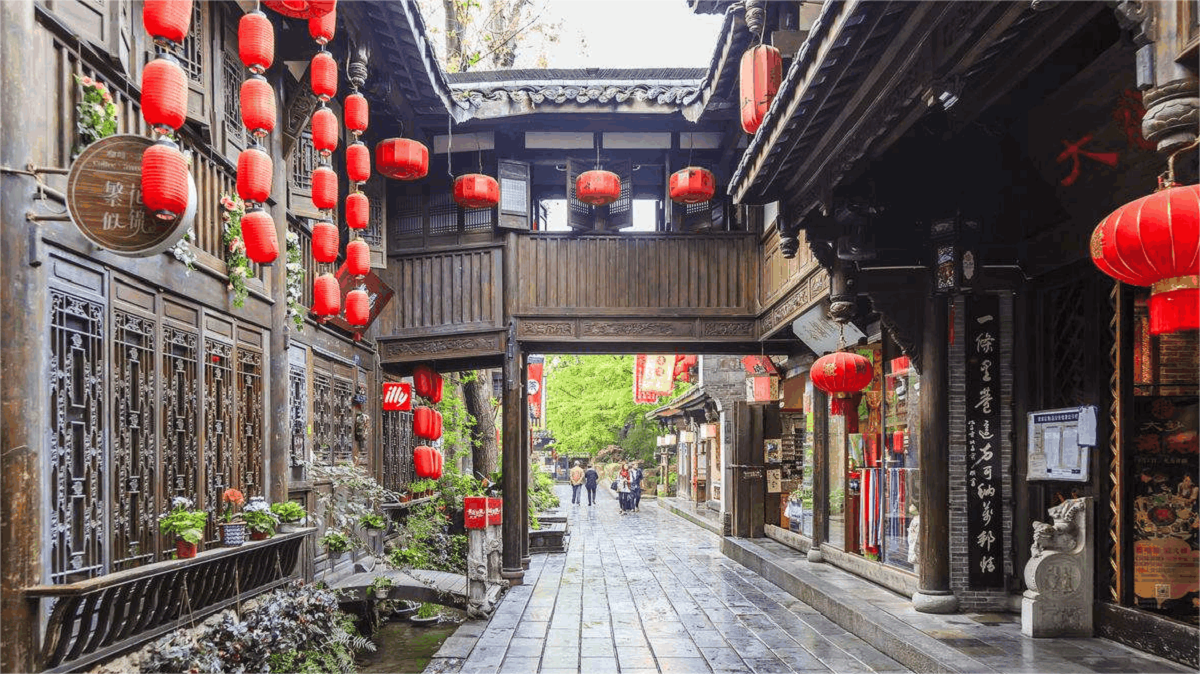Chengdu, located in the southwestern part of China, is a city with a long history and rich cultural heritage. As the capital of Sichuan Province, Chengdu serves as the political, economic, and cultural center of the region. It is one of China’s historical and cultural cities, carrying thousands of years of civilization and witnessing the rise and fall of ancient Shu civilization. The city has nurtured countless talents and heroes over the centuries.
Ancient Foundations
The history of Chengdu can be traced back to the 4th century BCE when the ancient Shu kingdom moved its capital to Chengdu. According to historical records, the name Chengdu originates from the Western Zhou Dynasty’s capital-building process: “The Zhou king established the city in one year and made it the capital in three years, thus naming it Chengdu.” Since then, the name Chengdu has been used continuously, making it a rare example in the history of Chinese place names.
Qin and Han Dynasties
In the long course of history, Chengdu has always been the political, economic, and cultural center of the Sichuan region. As early as the Qin and Han dynasties, Chengdu had already become a prosperous city. The construction of the city wall by Zhang Yi and Sima Cuo laid the foundation for Chengdu’s development. With the rise of the silk industry during the Han Dynasty, Chengdu was known as “Jin Guan Cheng” or “Jin Cheng,” becoming a renowned silk production center in the country. Chengdu’s handicrafts, including Shu brocade, Shu embroidery, lacquerware, and porcelain bamboo weaving, were highly esteemed throughout China.
Sui and Tang Dynasties
During the Sui and Tang dynasties, Chengdu’s economy and culture further flourished. As one of the four major cities in the country, Chengdu’s commercial prosperity and economic significance were remarkable. The famous poet Du Fu praised Chengdu’s climate and prosperity in his poem “Spring Night Rain”: “Good rain knows its season, when spring arrives, it comes. It follows the wind secretly into the night, nourishing things with silence.” This poem not only describes Chengdu’s climatic features but also reflects the city’s thriving scene at the time.
Song Dynasty
The Song Dynasty marked the peak of Chengdu’s development, with even more advanced economic and cultural progress. Chengdu became one of the most important printing centers in the country, where many significant books and documents were printed and published. At the same time, Chengdu’s literary and artistic achievements reached a high level, with many outstanding writers and artists emerging.
Ming and Qing Dynasties
In the Ming and Qing dynasties, Chengdu continued to maintain its national importance. With economic development and cultural prosperity, Chengdu gradually became an essential central city in southwestern China. In the late Qing Dynasty, Chengdu became a crucial site for anti-imperialist and anti-feudal struggles, with many patriots leaving their marks there.
Modern Times
In addition to its rich historical and cultural heritage, Chengdu is also known for its unique natural scenery and human landscapes, attracting countless tourists. As the center of the “Land of Abundance,” Chengdu boasts exceptional natural conditions. The climate here is pleasant, with distinct seasons, characterized by “early spring, hot summer, cool autumn, and warm winter.” Chengdu’s abundant rainfall and fertile land make its agriculture and animal husbandry highly developed.
Cultural and Historical Sites
Visitors to Chengdu can explore many famous historical sites and attractions. The Wuhou Shrine, dedicated to Zhuge Liang, the prime minister of the Shu Han state, preserves many cultural relics and historical sites, showcasing the history and culture of the Shu Han period. Du Fu’s Thatched Cottage, the former residence of the famous Tang Dynasty poet Du Fu, retains many of his poems and personal belongings, allowing visitors to gain a deeper understanding of his life and works. The Jinsha Site is a Neolithic cultural site where numerous prehistoric artifacts and remains have been unearthed, providing essential data for studying early human society in Chengdu.
Traditional and Modern Chengdu
Moreover, Chengdu has many famous cultural districts and attractions, such as Jinli Ancient Street, Kuanzhai Alleys, and Qingyang Palace. These places not only showcase Chengdu’s traditional culture and architectural styles but also offer rich shopping and entertainment experiences. In Chengdu, visitors can savor authentic Sichuan cuisine, such as hotpot and Dan Dan Noodles, experiencing the city’s unique charm.
In conclusion, Chengdu is a city with a long history and profound cultural heritage. It carries thousands of years of civilization and the footprints of countless heroes, making it one of the most important central cities in southwestern China. In today’s rapidly developing era, Chengdu still maintains its unique charm and vitality, attracting countless tourists to explore and discover.


